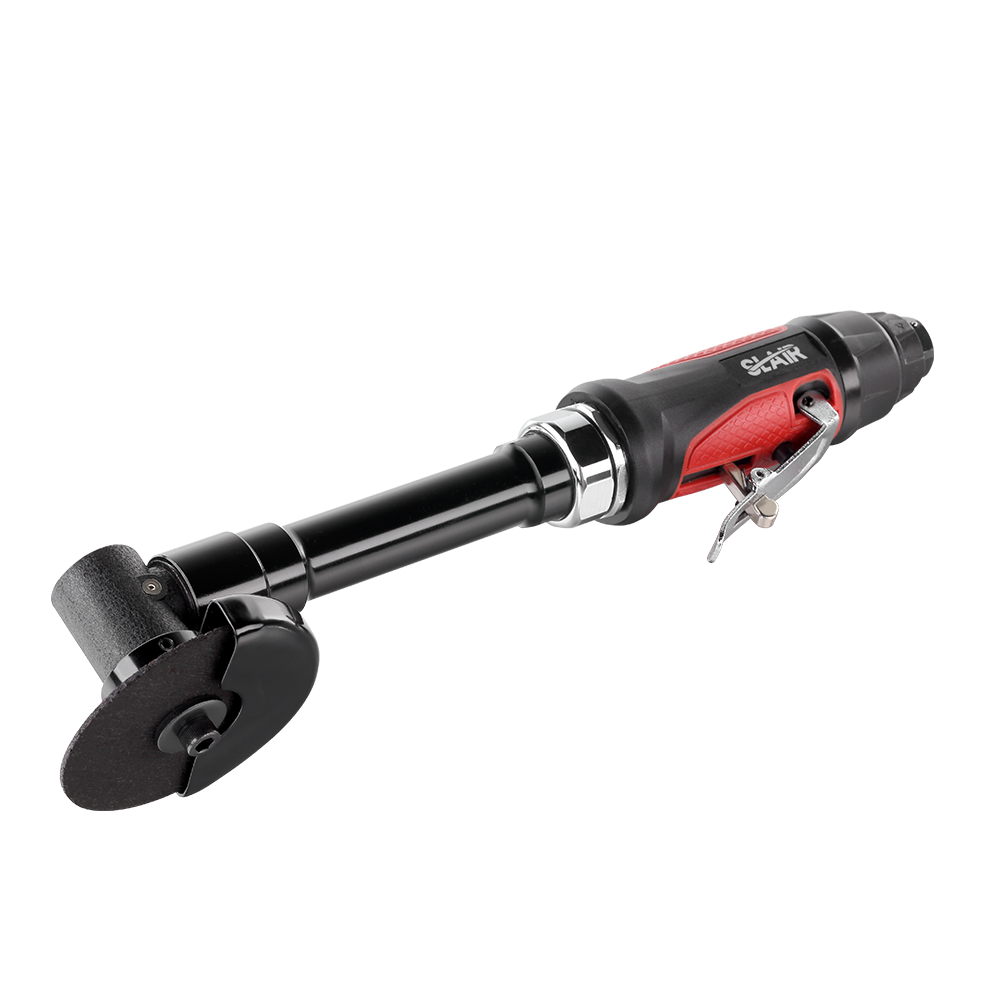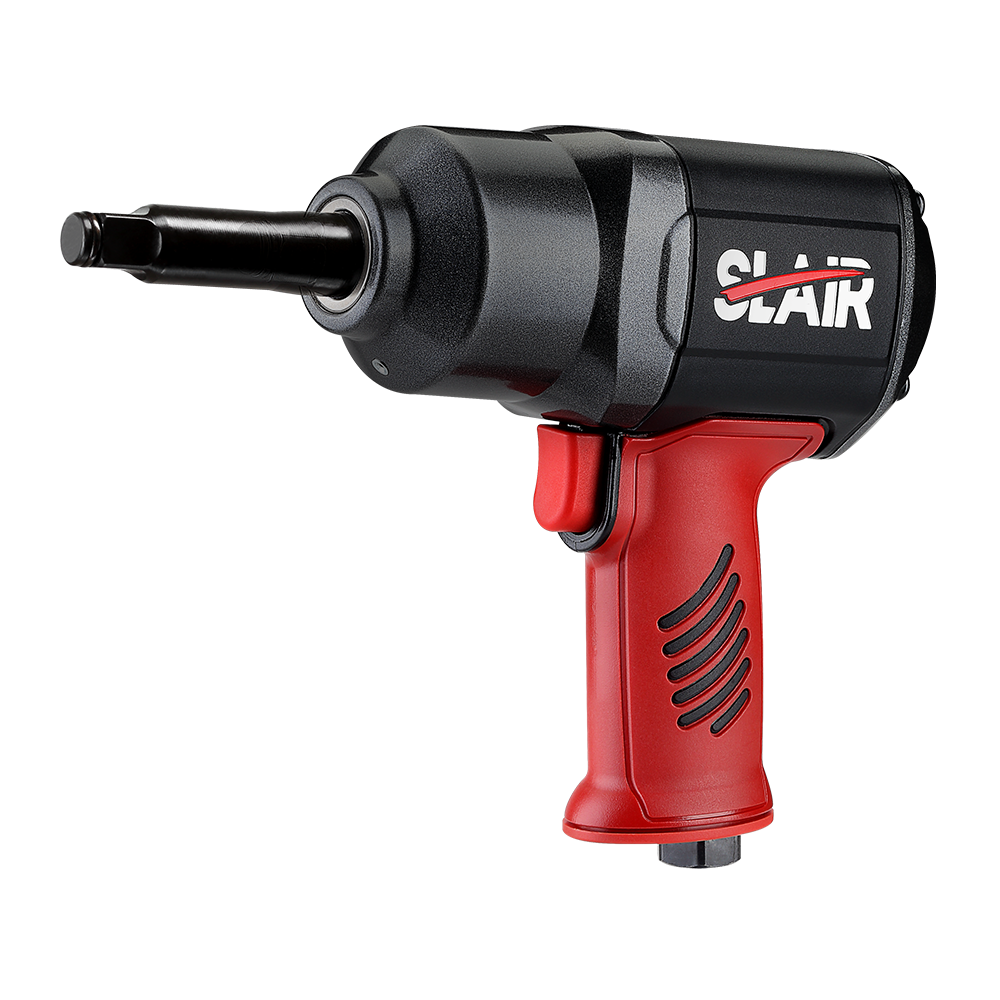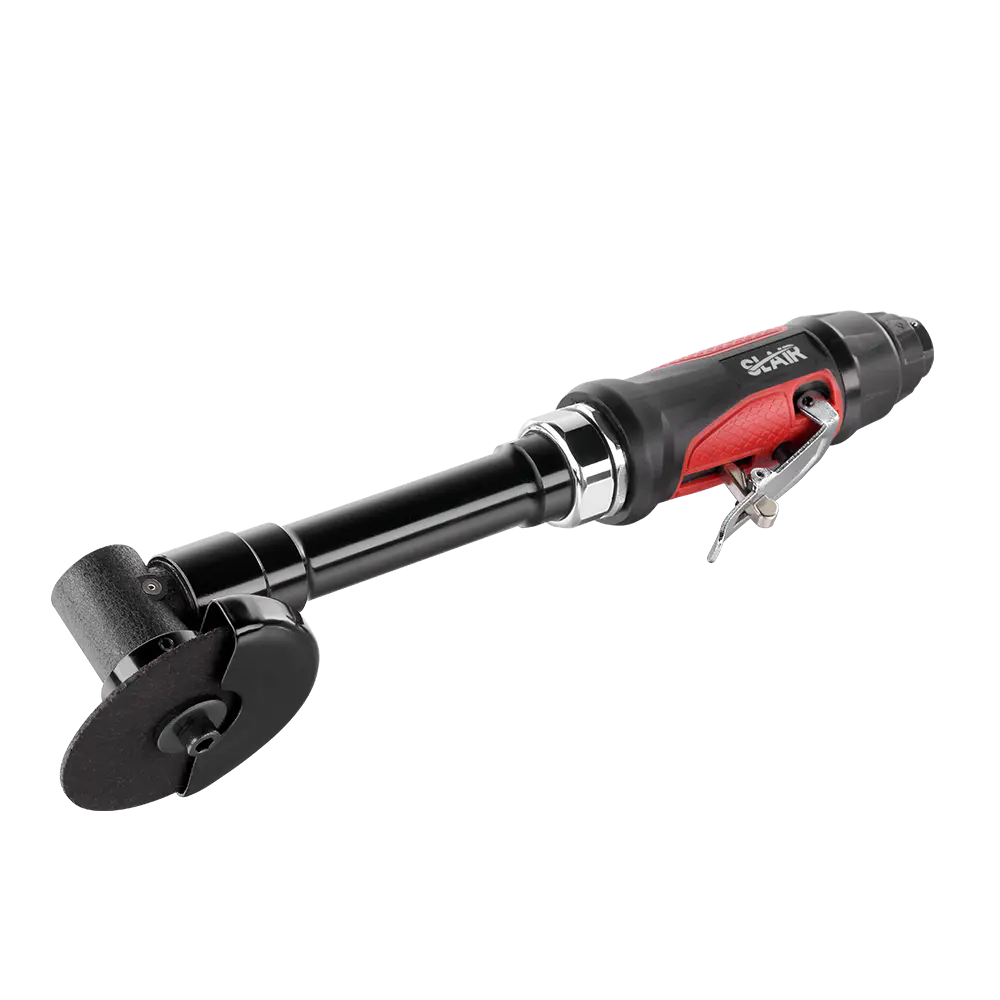Heat Generation: Continuous operation of an air cut-off tool can lead to significant heat buildup due to prolonged friction and mechanical activity. Excessive heat can affect the tool's performance, leading to reduced efficiency and potential damage. Tools designed for continuous use typically have enhanced cooling mechanisms, such as advanced ventilation or heat dissipation systems, to manage this heat effectively. Conversely, tools not designed for sustained use may overheat, which can cause premature wear or even operational failures if the tool's temperature exceeds safe limits.
Wear and Tear: The durability of an air cut-off tool is heavily influenced by its usage pattern. Continuous use subjects the tool to constant mechanical stress, accelerating wear on components like bearings, gears, and the cutting mechanism. This can lead to more frequent maintenance needs or part replacements. In contrast, intermittent use allows the tool to rest between operations, reducing the rate of wear and potentially extending the lifespan of the tool. Regular inspection and maintenance become critical for tools used continuously to ensure reliable performance and to address any wear-related issues promptly.
Air Consumption: Air cut-off tools rely on a steady and consistent supply of compressed air to operate efficiently. Continuous use demands a constant airflow from the air compressor, which must be capable of maintaining the required pressure and volume. An undersized or inadequate compressor may struggle to keep up, leading to decreased tool performance, inconsistent cutting results, and potential tool malfunction. Ensuring that the air compressor is appropriately sized and capable of supporting continuous operations is crucial for maintaining optimal tool performance.
Tool Efficiency: Tools engineered for continuous use are typically built with higher power ratings and more robust construction materials to withstand the demands of prolonged operation. They often include features such as enhanced cooling systems, reinforced components, and precision engineering to ensure consistent performance. On the other hand, tools not designed for continuous use may exhibit diminished performance or reliability under extended operation, highlighting the importance of selecting the right tool for the specific application and usage requirements.
User Fatigue: Extended use of an air cut-off tool can contribute to operator fatigue, especially if the tool generates significant vibration or is not ergonomically designed. Tools that incorporate ergonomic handles, vibration-reducing technologies, and balanced designs can help minimize operator strain and enhance comfort during prolonged use. Ensuring that the tool is comfortable and easy to handle is essential for maintaining productivity and reducing the risk of work-related injuries.
Safety Considerations: Continuous operation of an air cut-off tool necessitates heightened attention to safety protocols. This includes managing heat buildup to prevent overheating, monitoring tool performance to avoid malfunctions, and ensuring that all safety features are functioning correctly. Users should adhere to safety guidelines provided by us, including regular inspections and proper maintenance practices, to mitigate risks associated with prolonged use.






 English
English 中文简体
中文简体 русский
русский Deutsch
Deutsch Português
Português Español
Español
















